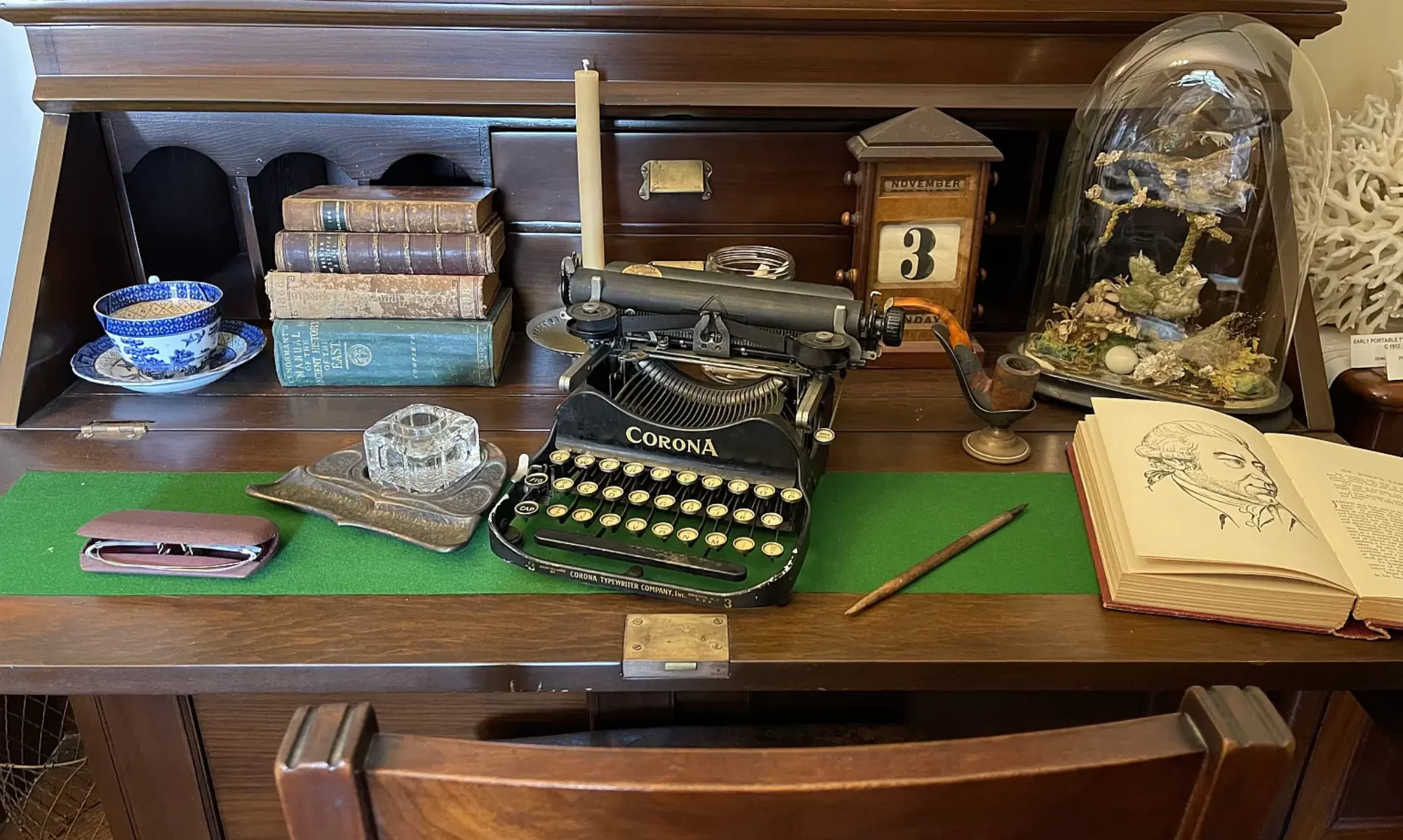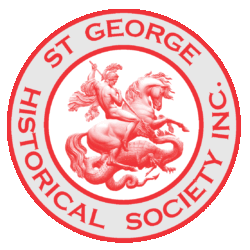by B. J. Madden
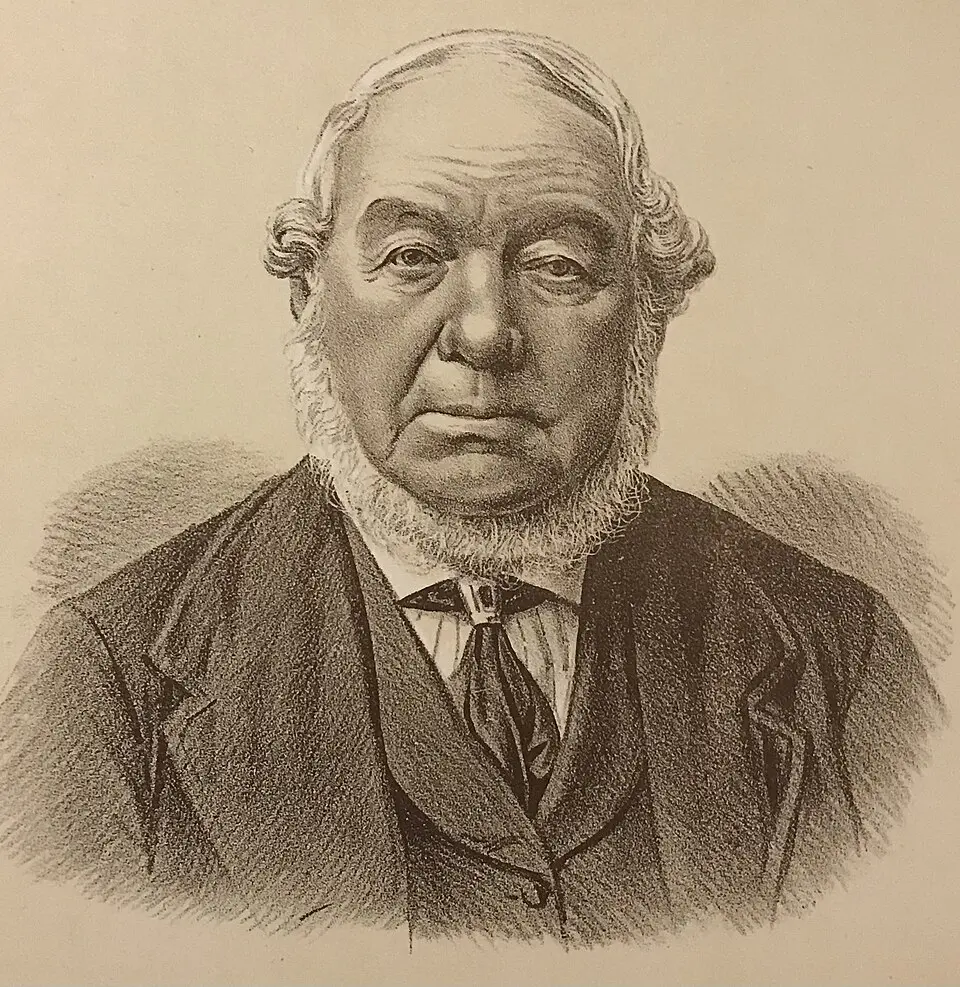
Obed West was born in Sydney in 1807, and grew up in Pitt Street and then at Barcom Glen at Darlinghurst, a grant to his father. He lived at Barcom Glen for the rest of his life, dying there in 1891.
He proudly boasted in his old age that he had never left the Colony of NSW in his whole life, and because of this was in his old age regarded as an authority on early Sydney.
Articles by him were published in The Sydney Morning Herald and republished in Old and New Sydney by Edward Hordern and Sons. No dates are given, but it was probably about 1882 (see Mitchell Library 991.1/W). There is also an article about him in the Daily Telegraph on 23 January 1888.
Obed West’s reminiscences were never published. I was supplied with an extract by Mr T Michell of Ingleburn, whose great-great-great-grandfather Thomas Spencer West (older brother of Obed West) built Pembroke Cottage, now 9 Bennett Street, Kingsgrove, probably in the 1840s. With permission of Edward Marriott of Bowral who holds the manuscript, Obed West’s references to the area south of Sydney are published here. The period referred to seems to be in the 1820s. I must admit that I was sceptical about the reference to Kingsgrove as ‘a model farm, a very fine place’, as I had thought it was rather neglected at this period, but in view of the other comments I will seek further evidence about Kingsgrove during Simeon Lord’s ownership.
The native name of the district beyond the Botany Road at Waterloo and beyond Newtown on the other side bore the designation of “Gooman Anne” and “Goomanamorra”. Gooman Anne comprised the district on the east side of “Shea’s Creek” and Muddy Bay, the former is the continuation of the stream running from the Waterloo Mills into Cooks River, and took all in on the south side to the waters of Cooks River. Goomanamorra comprised the district on the west side of Shea’s Creek and Muddy Bay, and extended to a swamp on the east side of the Thomas Holt’s late residence of “The Warren”. It commenced in a straight line at about where the Illawarra Railway line crosses the Cooks River Road. I recollect the first farms that were established out in this direction, the first was Mr DeVine’s farm which commenced just past the Deaf & Dumb Asylum. It was on what is now known as the greater part of the suburb of Newtown. At the time I first knew all over the ground was thickly timbered with large Ironbark and Blackbutt and other hardwood. The old farm house lay nestled among the trees, and had a considerable piece of cleared ground around it with a very fine orchard. The old house lay about where the Revd. Mr. Jeffries house “the Retreat” now is or a little further on than this and just towards the Newtown Road. Mr DeVine got a grant of the land from the Crown and was one of the Superintendents of the convicts. The farm took in both sides of the present railway line. The place was so isolated at the time they lived there that they were once set upon by robbers and very severely maltreated. They were (that is the old man and the old woman) very severely used, and so that they should not follow them or give any alarm they were both securely tied up in sacks. The robbers were never that I know of found out although some people said it was some of the prisoners who were under his (DeVine’s) charge that robbed and ill used them for revenge.
Next to DeVine’s farm and a little to the south commenced Nanny Badgery’s farm. It was partly cleared and had on it a fruit orchard, and especially fine orange trees.
On the south east of DeVine’s farm and running to the Waterloo Swamp came what was called “Sidaways Clear”. Sidaway was a First Fleeter. This place at this time was deserted, but there was clear ground around it where wheat and other cereals in the early days had been cultivated. Farming however in those days was not a paying enterprise and the places had to be abandoned, in fact I recollect at one time nearly all the farms around were deserted and the houses abandoned, and then any one with any cash could have bought them outright for a trifle. Sidaways Clear is where all the brickmaking is now going on. Then came Mick Brennan’s farm south of Sidaway’s Clear bounded by the swamp and running up to the Cooks River Road. This place of late years was known as “Bown Park”. From this part of Goomanamorra was a thick dense forest covered with scrub and trees, Ironbark, Peppermint, Black Butt and all kinds of gums, etc. At this time there were no farms or anything beyond Brennan’s down to the River (Cooks) but a cart track where carts went along to get firewood, etc. There were numbers of wallabies, etc. in the scrub which in some places was so dense you had almost had to crawl through it, and numbers of wild deer were to be found among it. They were some of the progeny of those liberated by Dr Harris of Ultimo. At this time anyone who had to come to Sydney with a cart or animals to cross either Cooks or Georges River had to go right up to the head of the Punchbowl to cross, and come in on the old Liverpool Road at a spot between the 8th and 9th milestone from Sydney. The farmers and others who wished to cross to the other side of Cooks River had to cross by the aid of a log of a tree hollowed out and flat at each end in the same style as they hollow out the trunks of large trees for making drinking troughs at Public Houses.
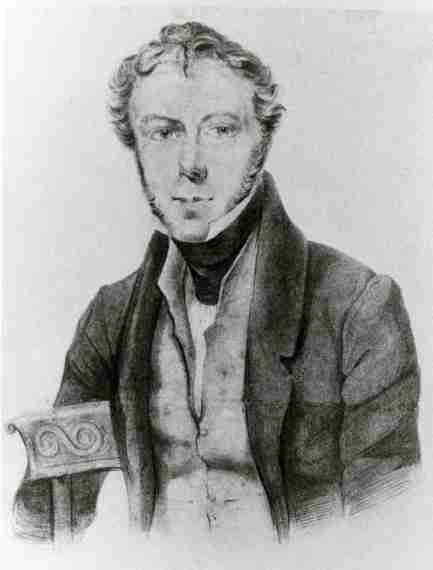
Across the River where the Dam is now, and where Tempe Hotel grounds are, was a farm belonging to a Mr Packer, a publican who used to live in Pitt St opposite Hoffnung & Co’s new stores. Further westward along the River was George Tyrell’s farm and he used like the others to cross with the hollow log, and above Tyrell was a man, a Sawyer named Burke who used to sell sawn timber. Alexander Brodie Spark, a merchant, afterwards lived on Packer’s farm, but he kept a proper boat and to save crossing his vehicles and horses had stables built on the Sydney side of the River. At this time to get to the place he had to drive along a deeply rutted bush track full of stumps and such like. Down below where the dam is and down near the mouth of the river I have often seen upwards of half a dozen Aboriginal men in their bark canoes paddling in and out about the mangrove trees at night time torch fishing and spearing the fish, principally black fish, black bream, and mullet as they rushed out from among the trees, and in the day time I have seen them along the river laying prone in the canoe spearing flat heads, flounders, etc. The torch was a bunch of grass tree rushes (dry) bound round with a piece of vine. They used to hold these in one hand over the side of the canoe, and when one burnt out they lighted up another. Just where the stream of water comes in (Lords Stream) at Mud Island, mud oysters were so plentiful that a boat load could be loaded in a quarter of an hour. I do not however think that this Mud Island is discernible now the place is so altered. The oysters were so plentiful then they used to take them to make lime of the shells.
From Packers to Georges River the only habitation so far as I know was Pat Moore’s on what is known as Pat Moore’s Swamp. There was another old place called Townsend’s but it was deserted. Further westward there was Kingsgrove, a model farm, a very fine place, built and maintained on the old English principle. It belonged to Simeon Lord. There were some other small farms about belonging to Chandler, Silvester, and an old nailer named Sparkes whose son was afterwards known as the great fighting man Bill Sparks who was sent to England to contest a fight with the champion of England at the time. Kingsgrove was originally I think granted to old Captain Laycock.
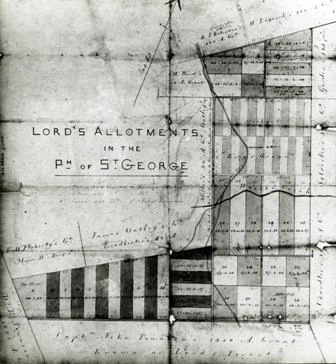
Excerpts from letter from Edward West Marriott of Bowral
Dear Mr Madden,
The excerpt you have of Obed West’s reminiscences is part of some material dictated by Obed West to his son-in-law, Duncan McLachlan, but never published. Other parts of this material cover Illawarra, and Camden, and I have the intention of including at least part of it in a book on the family at present being written.
Obed West’s recollections were published in The Sydney Morning Herald in 1882 and for about one third of the series called Old and New Sydney and later republished by Edward Hordern and Sons. A second series called Old Colonial Days was published in 1884 but not reprinted by Horderns. In that series Obed looked at the districts around Sydney but was never completed; Obed was then an old man.
The recollections of an old man are notoriously unreliable in their timing. Obed, born in 1807, was recalling the things he saw in his youth, and not in the 1880s which was the present for him. He may have confused events which happened in the 1820s with those in the 1830s, but he swears that he saw Macquarie lay the foundation stone of St. Andrews, which was for so long forgotten. He also describes the final rounding up of the wild cattle in the cow pastures, which he saw from his farm near Picton.
So I think that although I would not like to state any particular date for an observation, the setting of his recollections was in the 1820s and 1830s.
On one page there is mention of ‘an old nailer named Sparkes’. One is tempted to think that it would have been ‘sailor’; but it is clearly ‘nailer’. I can only think that it was an old slang word, perhaps rhyming slang for gaoler.
The point of interest to us in the family in the reference to Kingsgrove is that Obed’s half brother had a 20-acre farm there in 1843-1860 and Obed never mentioned it. There was a row in the family which could explain the omission, but on the other hand, I think Obed was describing earlier times. Incidentally, in the family there were circumstances for accommodating a young couple and 3 children as soon as possible and I think Pembroke Cottage must have been built in early 1844. There was no need to build a wooden hut first when the brick cottage was itself very small.
This article was first published in the February 1982 edition of our magazine.
Browse the magazine archive.
Unless noted, images courtesy of the Bayside Library Service Local History Collection.
